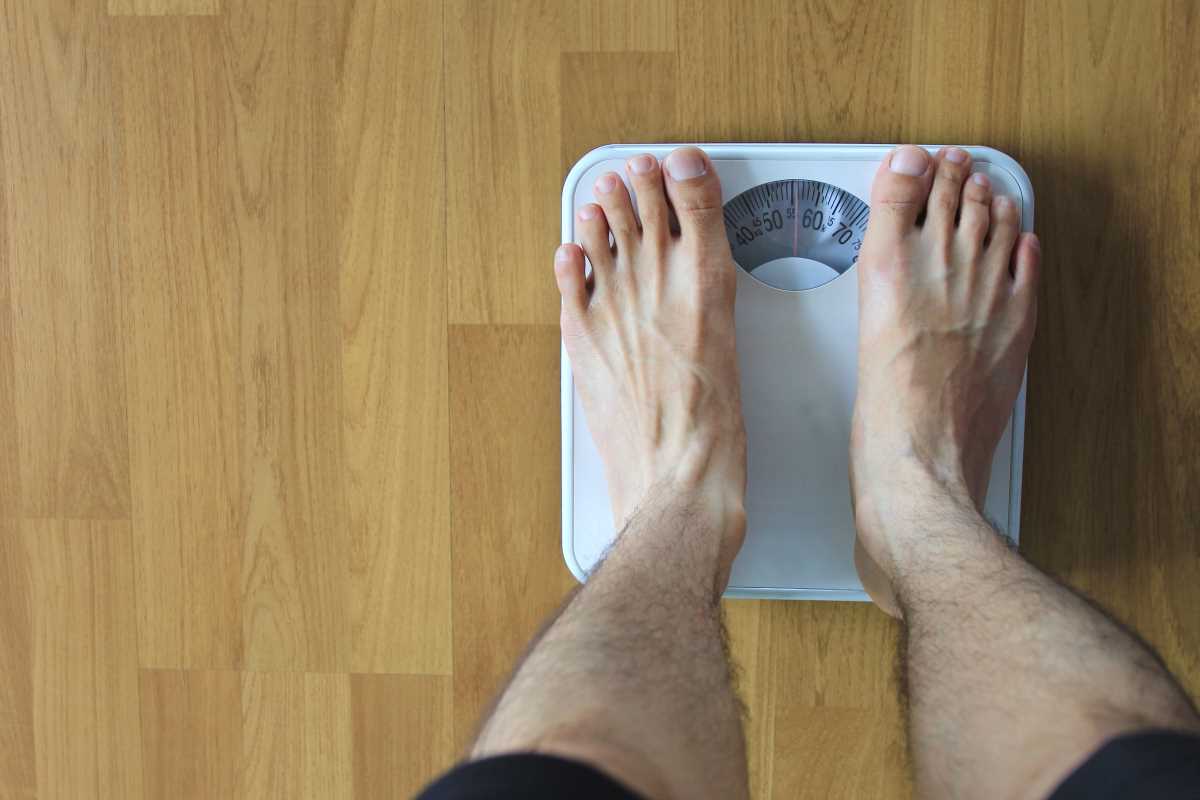Living with chronic migraines can feel overwhelming. When pain is a frequent companion, it can take a toll on your physical, emotional, and social well-being. But there’s hope. You can manage the symptoms and reclaim control over your life with the right care and treatments. Whether you battle migraines yourself or want to support a loved one, understanding the condition and treatment options is the first step toward relief.
What Are Chronic Migraines?
Chronic migraines are more than just occasional headaches. They are a neurological condition characterized by debilitating headaches that occur frequently. According to healthcare guidelines, a person is typically diagnosed with chronic migraines if they experience headaches on 15 or more days per month for at least three months, with at least eight of those days involving migraine symptoms.
A migraine attack is not just a severe headache—it’s a whole-body experience. Common symptoms include:
- Throbbing or pulsing head pain, often on one side.
- Sensitivity to light and sound, which can make everyday tasks unbearable.
- Nausea and vomiting, further exacerbating discomfort.
- Aura, a series of visual or sensory disturbances, such as flashing lights or tingling sensations, that may occur before the headache begins.
The unpredictable and recurring nature of migraines disrupts daily routines, work responsibilities, social interactions, and even sleep. It’s not just a physical condition; it can have a serious emotional and psychological impact. However, these challenges can become far more manageable with effective treatments and coping strategies.
What Causes Chronic Migraines?
The exact cause of migraines is not fully understood, though genetics and environmental factors likely play a role. Brain chemistry, particularly involving serotonin levels, may also influence migraine development. Additionally, chronic migraines often involve typical "triggers," which vary from person to person. Common ones include stress, hormonal changes, weather fluctuations, lack of sleep, certain foods, and strong smells.
Identifying and avoiding personal migraine triggers is usually a crucial aspect of managing the condition. But when triggers can’t always be avoided—or when migraines persist regardless—treatment becomes necessary.
Treatment Options for Chronic Migraines
There’s no one-size-fits-all solution for chronic migraines, but there are a range of treatments that can bring relief. Depending on the severity, frequency, and individual factors, healthcare professionals may recommend a combination of lifestyle changes, medication, alternative therapies, and cutting-edge treatments.
1. Lifestyle Changes
Daily habits can have a big impact on migraine frequency and severity. Some lifestyle adjustments include:
- Stress management: Techniques like meditation, yoga, and deep-breathing exercises can help reduce migraine frequency.
- Healthy sleep routines: Maintaining consistent sleep schedules and ensuring good sleep hygiene is vital.
- Dietary adjustments: Identifying and avoiding food triggers—such as caffeine, alcohol, or aged cheeses—is often key. Staying hydrated is also important.
- Regular, low-impact exercise: Activities like walking, swimming, or light yoga can enhance overall health without putting strain on the body.
2. Medications
Medications for chronic migraines fall into two categories—those meant to prevent migraines and those that treat symptoms during an attack. A healthcare professional will decide the appropriate type based on individual needs.
- Preventive medications include beta-blockers, anti-seizure drugs, and certain antidepressants. These aim to reduce migraine frequency and intensity.
- Acute treatments help relieve symptoms once a migraine has started. These include over-the-counter painkillers like ibuprofen, prescription drugs such as triptans, or stronger medications for severe cases.
Be careful with overusing painkillers, as this can lead to “medication overuse headaches,” which worsen the very issue you’re trying to solve.
3. Alternative Therapies
Some people find relief outside of traditional medications. Consider these complementary approaches:
- Acupuncture has shown promise as a preventative therapy for migraines.
- Biofeedback involves understanding your body’s signals and learning to control stress and physical tension.
- Essential oils, particularly peppermint and lavender oil, are thought to help reduce headache symptoms in some cases.
- Cognitive-behavioral therapy (CBT) can assist in managing migraine-related anxiety and stress.
Always consult your doctor before starting any new form of therapy to ensure it’s appropriate for your condition.
4. Emerging Treatments
Science is always advancing, and new migraine treatments continue to emerge. Some recent options include:
- Botox injections are FDA-approved for chronic migraines. They are believed to block pain pathways and reduce migraine frequency.
- CGRP inhibitors, a newer class of medication, work by targeting a molecule thought to play a role in migraines.
- Neuromodulation devices use electrical or magnetic pulses to disrupt pain signals. Some of these devices are wearable and offer non-invasive pain relief.
Discuss these options with your healthcare provider to see if they may work for you.
Why You Should Consult a Healthcare Professional
If you suspect you’re dealing with chronic migraines, consulting a healthcare professional should be your first step. Migraines are complex, and getting a proper diagnosis is crucial for effective treatment. What works for one person may not work for another, and trial-and-error may be needed to find the best method of relief. Physicians can also help rule out other possible causes of frequent headaches, such as sinus issues or underlying medical conditions.
Self-treatment and relying solely on online information could delay proper diagnosis or lead to ineffective solutions. A healthcare provider will craft a tailored plan to address your specific symptoms, triggers, and health needs.
 (Image via
(Image via





